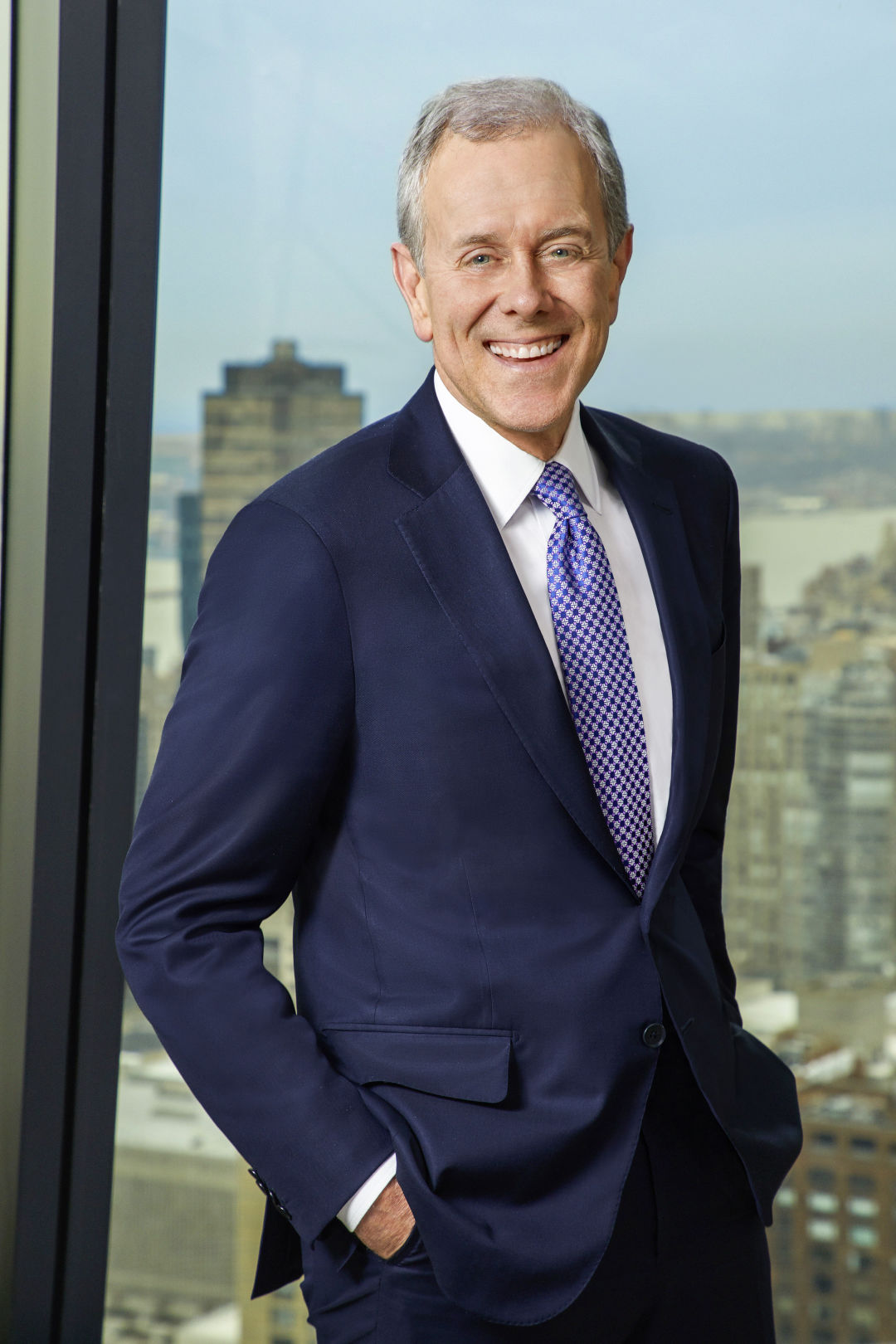Media Mogul Steven Swartz Discusses the State of Journalism and What Drew Him to Sarasota

Steven Swartz.
Image: Courtesy Photo
Warm weather and world-renowned beaches have made Sarasota a destination for power players in show biz and politics and, most recently, Steven Swartz, the president and chief executive officer of the publishing company Hearst.
If you haven't heard the name, you'd recognize the portfolio. The software and media giant is one of the world’s largest publishers of magazines, with titles like Cosmopolitan, Bazaar and Esquire, plus 76 newspapers nationwide, including the Houston Chronicle and the San Francisco Chronicle. Hearst also has ownership in cable television networks A&E, History, Lifetime and ESPN, and has interests in medical information and services businesses, and provides software for managing jets and helicopters. Last year, according to Forbes, Hearst's annual revenue reached $11.5 billion.
That same year, Swartz, 60, bought a $5.7 million condo on Longboat Key with his wife, Tina, and now splits his time between the beachfront location and New York City, where Hearst is headquartered.
We caught up with the mogul to talk about Longboat Key, the future of media and (why not?) carrot cake:
How long have you been in media?
"Since 1984, when I graduated from Harvard and joined the Wall Street Journal as a reporter."
What drew you to Sarasota?
"We had been coming to the area going back about 20 years. Friends of ours bought a place in south Sarasota and we had fond memories of bringing our kids down to Siesta Key. We always just had a very positive view of the area, the natural beauty and the cool modernism of downtown Sarasota. It just seemed like a very welcoming, friendly and relaxed environment. When we became empty-nesters, we were looking to play some golf and have our kids visit us somewhere they loved and naturally we turned to Sarasota. Our main home is still in New York, but we get down as often as we can."
Do you think newspapers and magazines will be around for the next generation of readers?
"We’re very bullish about the magazine and newspaper business. Clearly, both have gone through a lot of change. Every publication needs to find the right frequency—some are quarterly, others are monthly. Clearly, the world is more digital now and it’s important for publications of all strides to have deep relationships digitally and have different ways of generating revenue, through e-commerce, ads and subscriptions. Magazines and newspapers are trusted sources of information and can lead readers to find quality products and services and I think that can be a good thing for them to do. The future has to be a mix of revenue sources and a mix of print and digital products and I'm confident that the media can execute that."
How has the pandemic affected Hearst’s portfolio of publications?
"2020 was a difficult year for the publication part. But about half of our company is now B2B [business-to-business] data and software and other interests like the Fitch Group. [Editor's note: Fitch is a global financial information services company Hearst owns.] We have health care, aviation and transportation businesses, too. The B2B side stayed strong throughout the pandemic. For the media part, when we think back to those times, you couldn’t go out much and our advertising business got hit, but they all came back very strong in 2021, leading to record results and a great start in 2022. The recovery has caught us up."
What would you say are some of the biggest issues facing journalists today?
"I think the public does have some legitimate questions about bias coming largely from the cable news networks that have taken strong political positions. I think the vast majority of people want to be sure that organizations are credible and approach the news from a fact-based angle and that’s very much what we do with our print and television news.
"I think it’s harder for journalists today, but it’s also exciting. For example, they have so many tools to do data journalism and search so many databases in ways we couldn’t back in the day. At the Wall Street Journal, we just didn’t have anywhere near those tools. I think there are still great careers to be had working for magazines and newspapers, but I understand that some journalists go out on their own and build their own brand and digital channels and blogs or subscriptions. I think there’s a number of paths they can take."
Many national outlets are thriving, but many local and regional publications aren't. How can they rebound?
"We believe there will always be a place for strong local news.
"We have more than 20 newspapers around the country and they also had a rebound year in 2021. The business has gotten harder, but we continue to invest in journalism because it matters and we’re doing very well with digital subscriptions. We think our local newspapers are going to stay strong. We’re also a big believer in local television news. We own 33 stations across the country."
Should reporters be tweeting so much and becoming, in essence, brands?
"I think they have to be very careful. There’s nothing wrong with using the platforms on social media, but I think what people hunger for is journalists who give people the facts. I think a lot of bias and opinion seeps into social media and they have to be careful unless they’re an opinion journalist. It’s best to just tell people about the edited and fact-checked story they want to share. The public’s perception of bias can get at their credibility and journalists have to keep that in mind."
Have you been to the Haye Loft at Euphemia Haye?
"Yes–loved the carrot cake."



